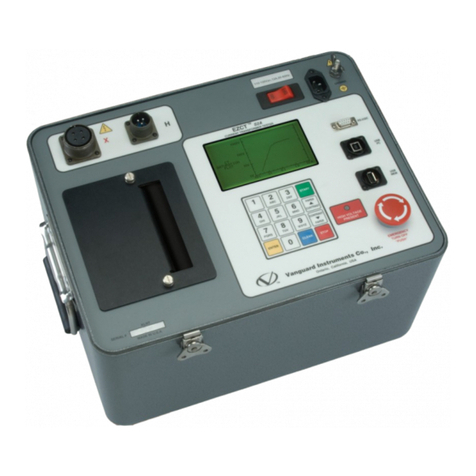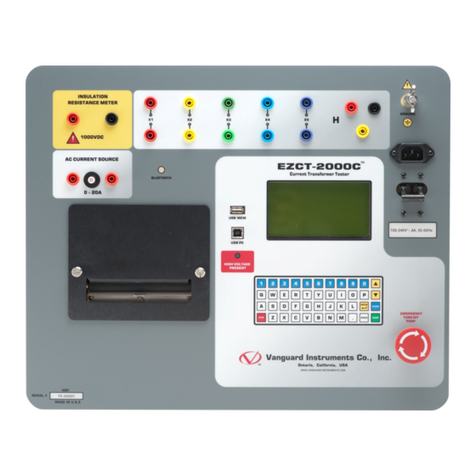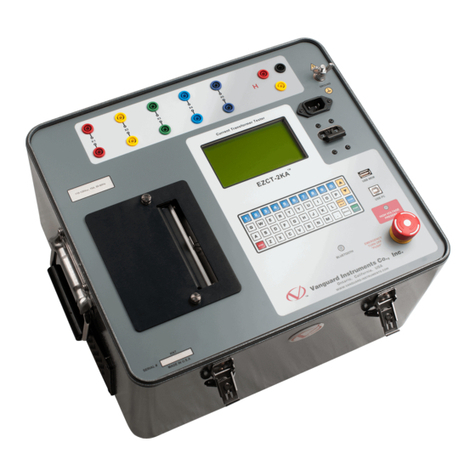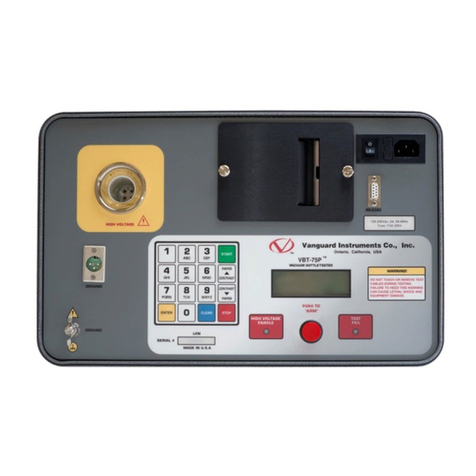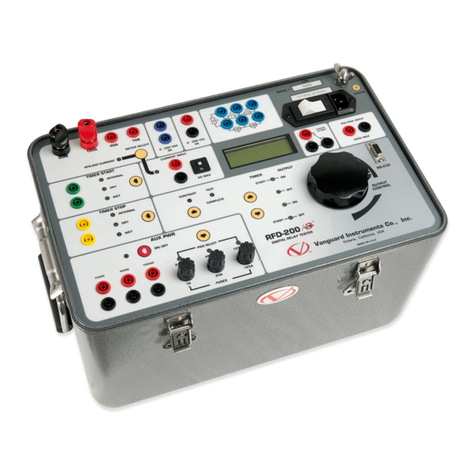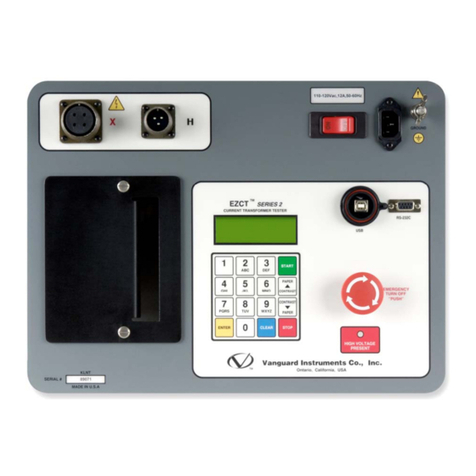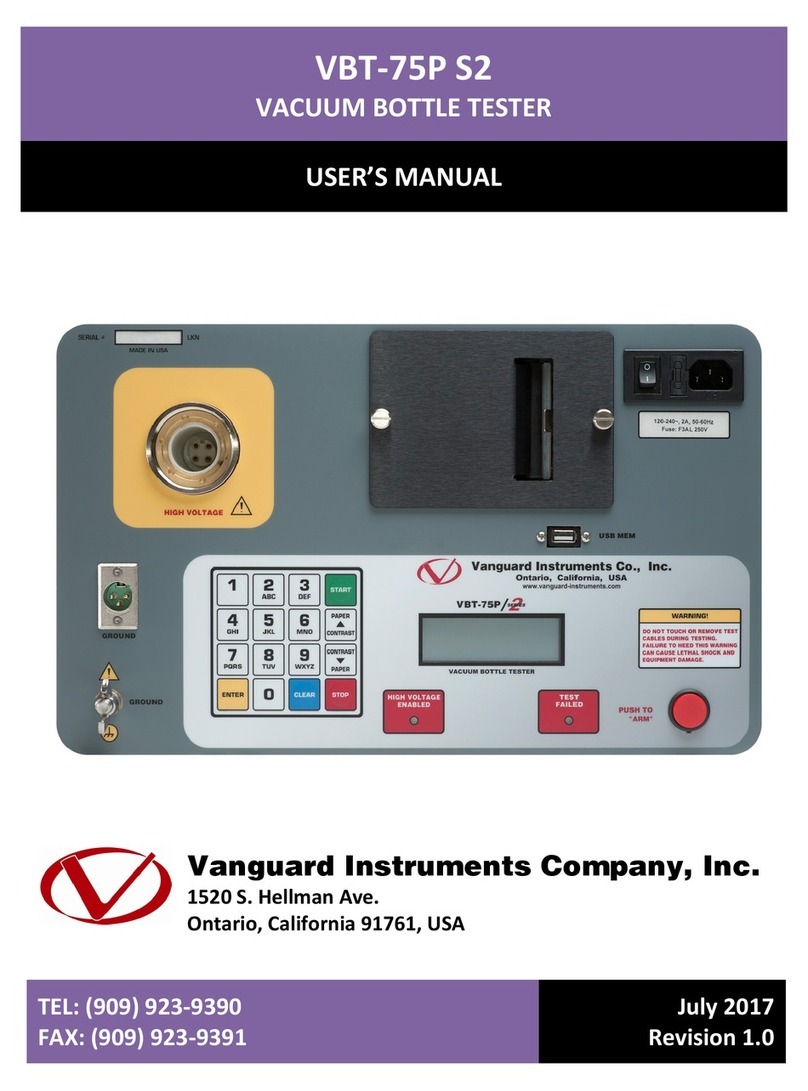
REV 1 CVT-765 USER’S MANUAL
ii
TABLE OF CONTENTS
CONVENTIONS USED IN THIS DOCUMENT ..................................................................................... 1
1.0 INTRODUCTION.................................................................................................................... 2
1.1 General Description and Features ................................................................................... 2
1.2 Technical Specifications ................................................................................................... 3
1.3 Controls and Indicators.................................................................................................... 4
2.0 PRE-TEST SETUP ................................................................................................................... 6
2.1 Operating Voltages .......................................................................................................... 6
2.2 LCD Screen Contrast Control............................................................................................ 6
3.0 OPERATING PROCEDURES ................................................................................................... 7
3.1 Connection Diagram ........................................................................................................ 7
3.2 Setting the Date and Time ............................................................................................... 8
3.3 Setting the Interface Language........................................................................................ 9
3.4 Setting the Frequency (50 or 60 Hz) .............................................................................. 10
3.5 Performing Tests............................................................................................................ 11
3.5.1. Entering Test Record Header Information ............................................................. 11
3.5.2. Performing a Transformer Test .............................................................................. 15
3.6 Working With Test Records ........................................................................................... 20
3.6.1. Viewing the Contents of the Working Memory ..................................................... 20
3.6.2. Saving Test Results to a Test Record ...................................................................... 21
3.6.3. Restoring a Test Record From Flash EEPROM........................................................ 24
3.6.4. Restoring a Test Record From a USB Flash Drive ................................................... 28
3.6.5. Copying Test Records to a USB Flash Drive............................................................ 31
3.6.6. Viewing the Test Record Directory......................................................................... 34
3.6.7. Erasing Test Records from the Flash EEPROM ....................................................... 36
3.6.8. Erasing Test Records from a USB Flash Drive......................................................... 40
LIST OF TABLES
Table 1. CVT-765 Technical Specifications...................................................................................... 3
Table 2. Functional Descriptions of CVT-765 Controls and Indicators ........................................... 5
LIST OF FIGURES
Figure 1. CVT-765 Controls and Indicators ..................................................................................... 4
Figure 2. Typical CVT-765 Cable Connections................................................................................. 7
